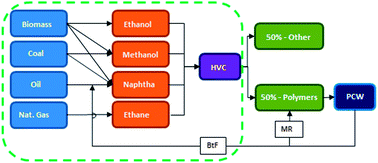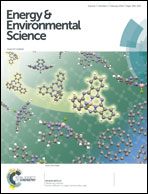Energy demand and emissions of the non-energy sector
Abstract
The demand for fossil fuels for non-energy purposes such as production of bulk chemicals is poorly understood. In this study we analyse data on non-energy demand and disaggregate it across key services or products. We construct a simulation model for the main products of non-energy use and project the global demand for primary fuels used as feedstocks and the resulting carbon emissions until 2100. The model is then applied to estimate the potential emission reductions by increased use of biomass, a more ambitious climate policy and advanced post-consumer waste management. We project that the global gross demand for feedstocks more than triples from 30 EJ in 2010 to over 100 EJ in 2100, mainly due to the increased demand for high value chemicals such as ethylene. Carbon emissions increase disproportionately (from 160 MtC per year in 2010 to over 650 MtC per year in 2100) due to greater use of coal, especially in ammonia and methanol production. If biomass is used, it can supply a large portion of the required primary energy and reduce carbon emissions by up to 20% in 2100 compared to the reference development. Climate policy can further reduce emissions by over 30%. Post-consumer waste management options such as recycling or incineration with energy recovery do not necessarily reduce energy demand or carbon emissions.


 Please wait while we load your content...
Please wait while we load your content...